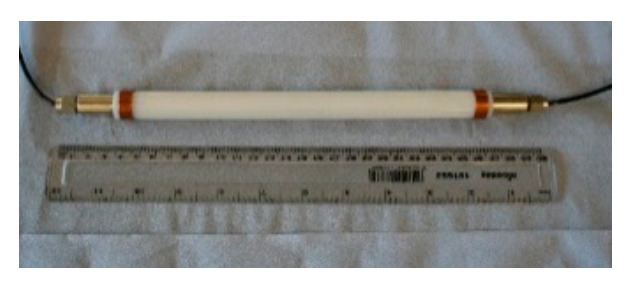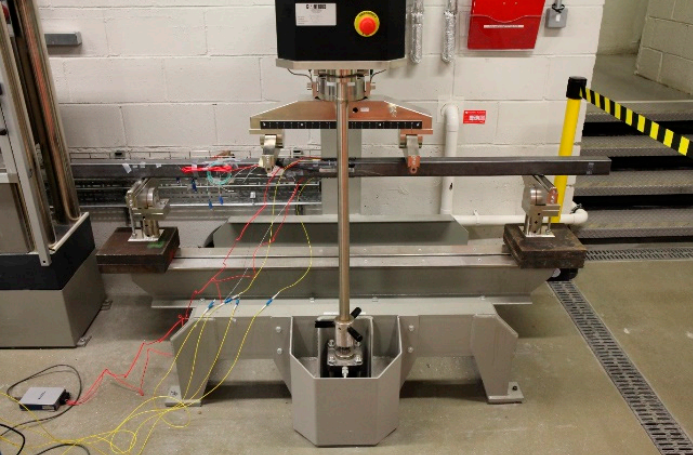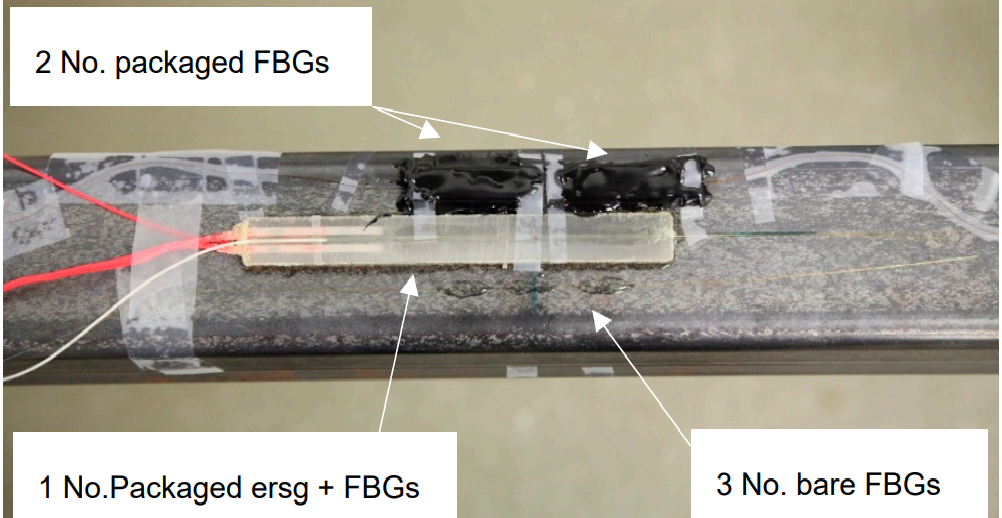In a bustling world full of ever-expanding technology, there is much going on behind the scenes, in the air, and underground, that we don’t even think about. Fiber optics are a great example of this, delivering information, entertainment, monitoring systems, and much more. Researchers from the UK and India are interested in how 3D printing can further the performance of fiber optics, outlining their findings in ‘Encapsulation of Fiber Optic Sensors in 3D Printed Packages for Use in Civil Engineering Applications: A Preliminary Study.’
Authored by Richard Scott, Miodrag Vidakovic, Sanjay Chikermane, Brett McKinley, Tong Sun, Pradipta Banerji, and Kenneth Grattan, the recently published paper gives us further insight into the progression of fiber optic technology in relation to the ongoing need for being able to install sensors in materials like concrete—a material which poses challenges (for rigorous sensor installation) due to its high alkalinity.
Sensor installations today can be complex and cost-prohibitive (in some cases, one sensor may cost as much as $300), leaving the industry wide open for alternatives—and motivating the authors to develop packaging for fiber sensors that is not only exponentially more affordable but also sturdy and reliable. They went into this research project seeking to create packaging with the following features:
- High quality
- Repeatable measurements
- Ease in surface mounting
- Durability for withstanding harsh environments
Before designing their new product, the researchers examined the current benefits of Fiber Bragg Grating (FBG) sensors, which have been very popular among civil engineers. They discovered that current issues with FBGs are one, that they are extremely delicate—and two, they must be ‘encapsulated’ in packaging that can ward off not only environmental rigors, but also heavy usage.
The researchers used SolidWorks for 3D design of the new sensor packages, and then 3D printed them on a Formlabs 1+ 3D printer. What makes these devices even more unique and attractive for industrial applications is that they can be highly customized, in comparison to traditional materials.
“Since packaged ersgs are specifically designed for both surface mounting and embedment in concrete structures (without the need for bolted connections), it seemed sensible, for this exercise, to manufacture the new FBG-based sensor package to have similar dimensions and surface characteristics for easy comparisons to be made. This shows the versatility of the approach used. However, in other applications the sensor package could be designed to be completely different from that where esrgs are used and be lighter and more compact or contain a larger number of sensors,” state the researchers.
“Over the last few years there have been considerable advances in the use of 3D printing techniques with both the hardware and software becoming much more affordable and this forms the basis of the low-cost sensor discussed.”
In-field testing of the packaged sensors was positive, although sensitivity of packaged FBG-based sensors was deemed significantly lower that that of those left bare. The authors found this encouraging still as it means that their 3D printed packaged sensors could be used for ‘all but the most sensitive of measurements desired.’
During their research, however, the authors did realize that rather than using materials like resin, polyether ether ketone (PEEK) or ceramic could prove more suitable for sensor packing, although the affordability and ease in production offered by 3D printing (out of standard resin) are hard to beat. Width of the packaging was slightly problematic too, leaving the researchers to consider how to reduce thickness. Ultimately, they were happy with the results of their research, although waiting to test their products further in more realistic civil engineering applications.
The sensors used have been ‘effectively packaged (encapsulated)’ with the chosen materials, are affordable, and effective, leaving the researchers to conclude:
“Proof-of-concept laboratory testing has demonstrated the potential of the packaged sensors for strain measurement in civil engineering applications.”
Decades ago, 3D printing was created by an engineer, for engineers. And while infinite numbers of and other types of users can benefit from the technology, this is an extremely useful tool for creating prototypes and functional devices in fields like civil engineering where so many new structural applications are evolving, with exciting strides being made in residential home construction, different types of infrastructure like bridges, and even road paving.
[Source / Images: Encapsulation of Fiber Optic Sensors in 3D Printed Packages for Use in Civil Engineering Applications: A Preliminary Study]Subscribe to Our Email Newsletter
Stay up-to-date on all the latest news from the 3D printing industry and receive information and offers from third party vendors.
Print Services
Upload your 3D Models and get them printed quickly and efficiently.
You May Also Like
Metal Powder Supplier Elementum 3D Added to $46B Air Force Contract
Elementum 3D, a Colorado-based developer and supplier of metal powders used in additive manufacturing (AM), announced that the company has been added to the vendors list in the fourth on-ramp...
Ursa Major Lands $28.6M AFRL Deal for 3D Printed Draper Engine Flight Demo
The US Air Force Research Laboratory’s (AFRL’s) Rocket Propulsion Division at Edwards Air Force Base has awarded a $28.6 million contract to Ursa Major for follow-on work related to the...
3D Printing Financials: Rocket Lab’s Record-Breaking Year and Over 20 Launches Coming in 2025
Rocket Lab (Nasdaq: RKLB) closed 2024 with its best year yet. The company launched more rockets, signed more contracts, and expanded deeper into spacecraft and satellite production than ever before....
US Air Force Taps Beehive to Study 3D Printed Jet Engines
Propulsion 3D printing firm Beehive Industries secured a contract from the U.S. Air Force Life Cycle Management Center through SOSSEC. SOSSEC is a company that manages Other Transactions Authority (OTA)...





































